JennAir JFC2290RTB Bruksanvisning
Läs gratis den bruksanvisning för JennAir JFC2290RTB (75 sidor) i kategorin kylskåp. Guiden har ansetts hjälpsam av 9 personer och har ett genomsnittsbetyg på 4.2 stjärnor baserat på 5 recensioner. Har du en fråga om JennAir JFC2290RTB eller vill du ställa frågor till andra användare av produkten? Ställ en fråga
Sida 1/75

W11468670D
W11468676D-SP
FRENCH DOOR BOTTOM MOUNT OWNER'S
MANUAL
MANUEL D’UTILISATION DE RÉFRIGÉRATEUR À
PORTE À DOUBLE BATTANT ET CONGÉLATEUR EN
BAS
Table of Contents/Table des matières
REFRIGERATOR SAFETY.................................................2
Refrigerator Safety .........................................................2
REFRIGERATOR CARE .................................................... 3
Cleaning ............................... .............. ......................... 3
Changing the LED Module ...............................................5
Refrigerator Shelves.......................................................5
Opening and Closing Doors ............................................. 6
Vacation and Moving Care ...............................................6
INSTALLATION INSTRUCTIONS ................................... ..... 7
Unpack the Refrigerator ...................... .............. .............. 7
Location Requirements ................. ............. .............. ....... 8
Electrical Requirements ................. ............................ ..... 8
Water Supply Requirements.............................................8
Connect the Water Supply ............. ............. .............. ....... 9
Complete the Installation ............................................... 11
Install Air Filter (on some models).................................... 11
Install Produce Preserver (on some models) ...................... 13
REFRIGERATOR FEATURES........................................... 14
Crisper Humidity Control (on some models) ....................... 14
Water and Ice Dispensers (on some models) ..................... 14
Ice Maker and Storage Bin ............................................. 14
Water Filtration System ................................................. 16
DOOR AND HANDLE INSTRUCTIONS .............................. 18
Door and Drawers .... ............................ .............. .......... 18
Remove and Replace Handles........................................ 18
Remove Refrigerator Doors and Hinges............................ 20
Reset Bottom Refrigerator Door Hinge ............................. 21
Replace Refrigerator Doors and Hinges ............................ 22
Remove and Replace Refrigerator Drawer ........................ 22
Door Closing and Alignment ........................ .............. ..... 24
PERFORMANCE DATA SHEET ........................................ 28
Performance Data Sheet ............................................... 28
SÉCURITÉ DU RÉFRIGÉRATEUR .................................... 30
Sécurité du Réfrigérateur............................................... 30
ENTRETIEN DU RÉFRIGÉRATEUR................................... 31
Nettoyage .................................................................. 31
Remplacer le module à DEL ........................................... 33
Tablettes du réfrigérateur............................................... 33
Ouverture et fermeture des portes ................................... 34
Précautions à prendre avant les vacances ou le
déménagement ........................................................... 35
INSTRUCTIONS D’INSTALLATION ................................... 36
Déballage du réfrigérateur ............................................. 36
Exigences d’emplacement ............................................. 36
Spécifications électriques .............................................. 37
Spécifications de l’alimentation en eau ............................. 37
Raccordement à la canalisation d’eau .............................. 38
Terminer l’installation .................................................... 41
Installer le filtre à air (sur certains modèles) ....................... 41
Installation du conservateur de produits frais (sur certains
modèles).................................................................... 43
CARACTÉRISTIQUES DU RÉFRIGÉRATEUR..................... 44
Commande d’humidité dans le bac à légumes (sur certains
modèles).................................................................... 44
Distributeur d’eau et de glaçons (sur certains modèles) ........ 44
Machine à glaçons et bac d’entreposage........................... 45
Système de filtration de l’eau .......................................... 47
INSTRUCTIONS POUR LA PORTE ET LA POIGNÉE............ 49
Porte et tiroirs ............................................................. 49
Pour enlever et réinstaller les poignées............................. 49
Démontage des portes et charnières du réfrigérateur........... 51
Réinitialiser la charnière inférieure du réfrigérateur.............. 53
Réinstallation des portes et charnières ............................. 54
Retrait et réinstallation du tiroir de congélation ................... 54
Fermeture et alignement des portes ................................. 56
Fiche de données de performance................................... 60
FICHE DE DE DONNÉES PERFORMANCE...... ........................ 60
Produktspecifikationer
| Varumärke: | JennAir |
| Kategori: | kylskåp |
| Modell: | JFC2290RTB |
| Typ av operation: | Touch |
| Färg på produkten: | Roestvrijstaal |
| Inbyggd display: | Nee |
| Bredd: | 595 mm |
| Nettoskatt: | 213 W |
| Ljudnivå: | 66 dB |
| Energie-efficiëntieklasse: | A |
| Årlig-energiförbrukning: | 42 kWu |
| Snäll: | Muurmontage |
| Avgasanslutningsdiameter: | 150 mm |
| Belysningsstyrka: | 54 Lux |
| Husmaterial: | Glas |
| Maximal utsugskapacitet: | 612 m³/uur |
| Extraktionsmetod: | Afvoerend/recirculerend |
| Vätskedynamisk effektivitetsklass: | A |
| Ljuseffektivitetsklass: | B |
| Fettfilter effektivitetsklass: | D |
| Antal lampor: | 2 gloeilamp(en) |
| Typ lampa: | LED |
| Soort vetfilter: | Aluminium |
| Strömlampa: | 1.5 W |
| Antal hastigheter: | 3 |
| Belysningsläge: | Voorkant |
| Druk (Pa): | 375 |
| AC-ingångsspänning: | 220 - 240 V |
| AC-ingångsfrekvens: | 50 - 60 Hz |
| Energieffektivitetsskala: | A+++ tot D |
Behöver du hjälp?
Om du behöver hjälp med JennAir JFC2290RTB ställ en fråga nedan och andra användare kommer att svara dig
kylskåp JennAir Manualer

8 Januari 2025

8 Januari 2025

7 Januari 2025

7 Januari 2025

7 Januari 2025

27 Oktober 2024

27 Oktober 2024

22 September 2024

22 September 2024

22 September 2024
kylskåp Manualer
- Koenic
- Veripart
- Amana
- Dimplex
- Galaxy
- Pyle
- Neff
- Perfect Aire
- Nostalgia
- Magic Chef
- Koldfront
- ONYX
- Caso
- Saro
- Waltham
Nyaste kylskåp Manualer
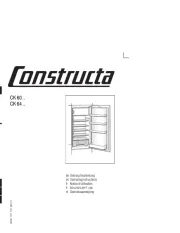
23 Oktober 2025
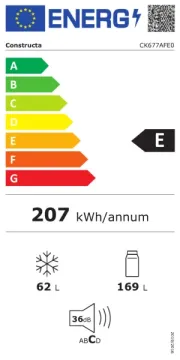
23 Oktober 2025
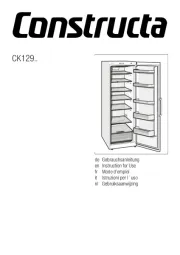
23 Oktober 2025

23 Oktober 2025
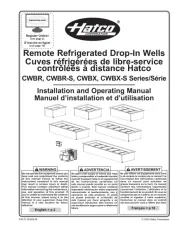
23 Oktober 2025
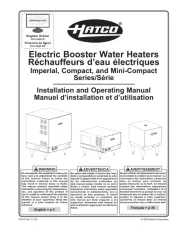
23 Oktober 2025
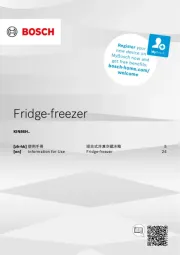
21 Oktober 2025
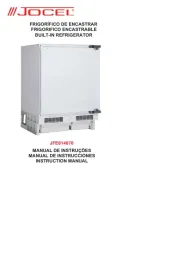
21 Oktober 2025
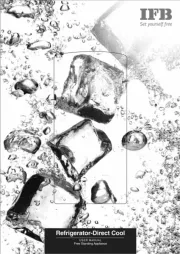
20 Oktober 2025
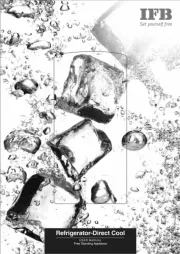
20 Oktober 2025